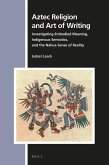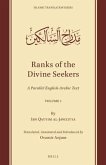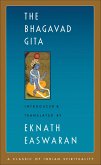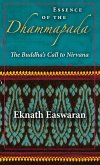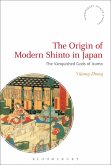Starting in the late nineteenth century, unusual pictographic books began to flow from a remote corner of Southwest China into the libraries of the Western world. What made these books so attractive? For one, they possessed the air of mystery that came with being “magical” books almost indecipherable to all but a select few ritual specialists, but perhaps more importantly, they were written in what looked like an ancient form of picture writing. In these books, written in the Naxi dongba script of southwest China, the events unfold on the page visually. This book offers a full translation of a central Naxi origin myth in a level of detail never before seen: readers are invited to delve into this unique script in both its original form and digital recreation, alongside historic and updated translations and an accompanying explanation of each individual graph.
Bitte wählen Sie Ihr Anliegen aus.
Rechnungen
Retourenschein anfordern
Bestellstatus
Storno



